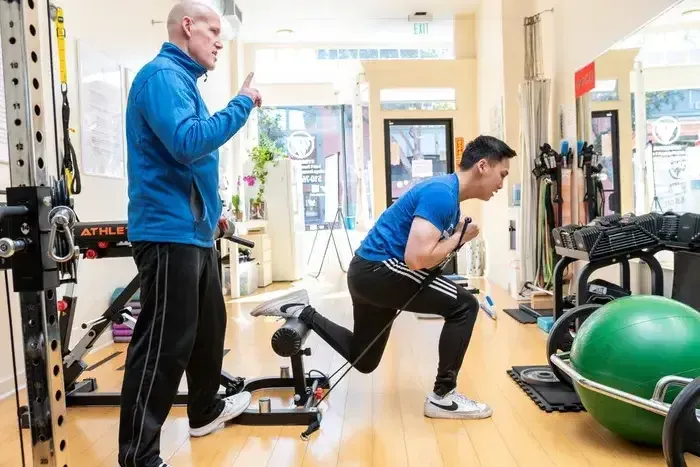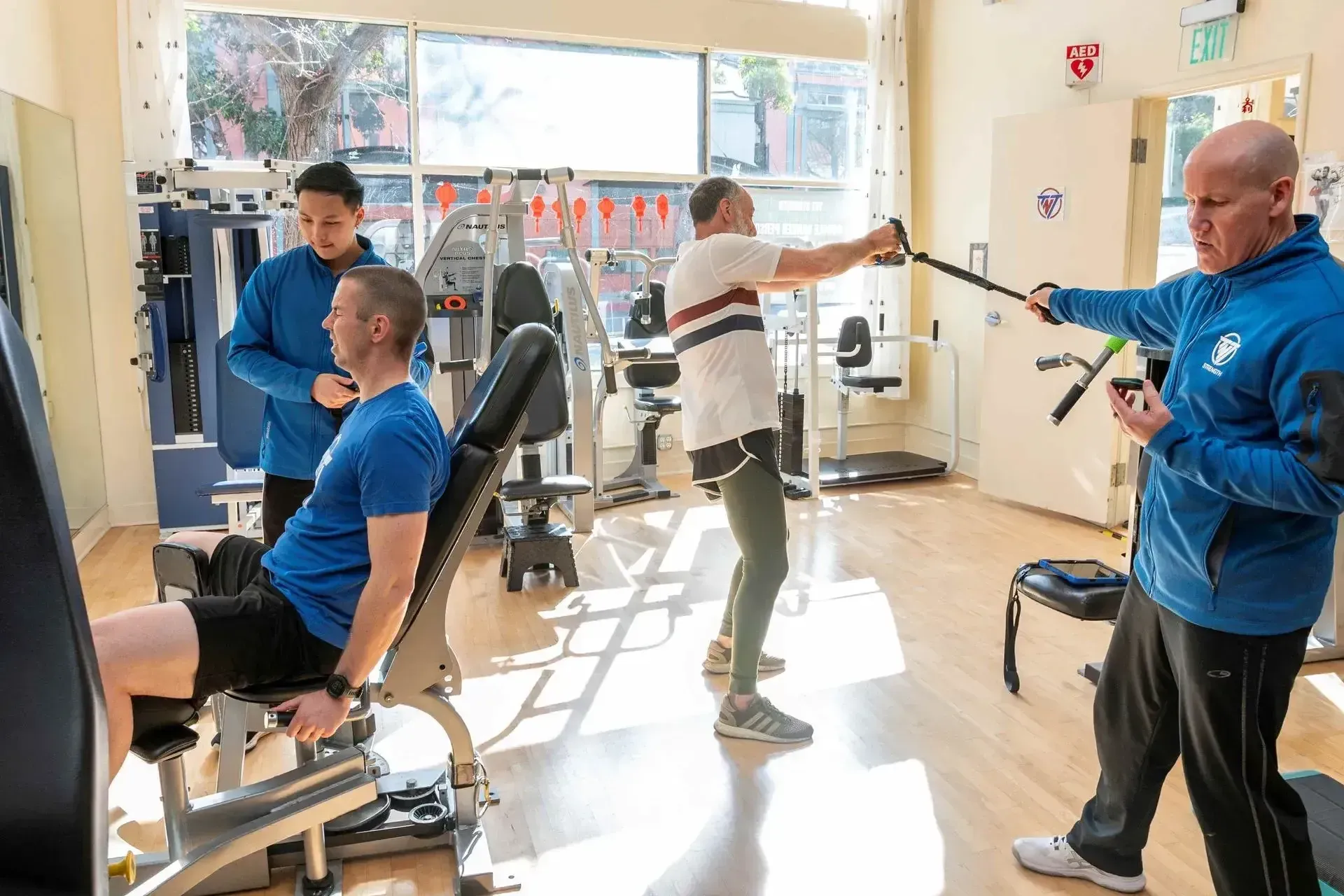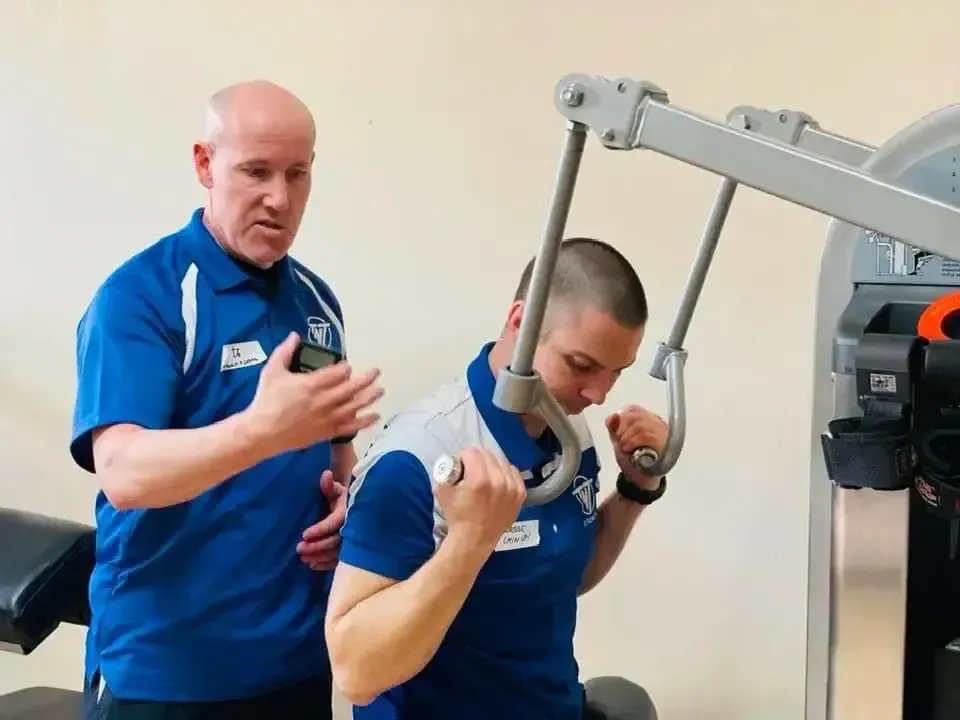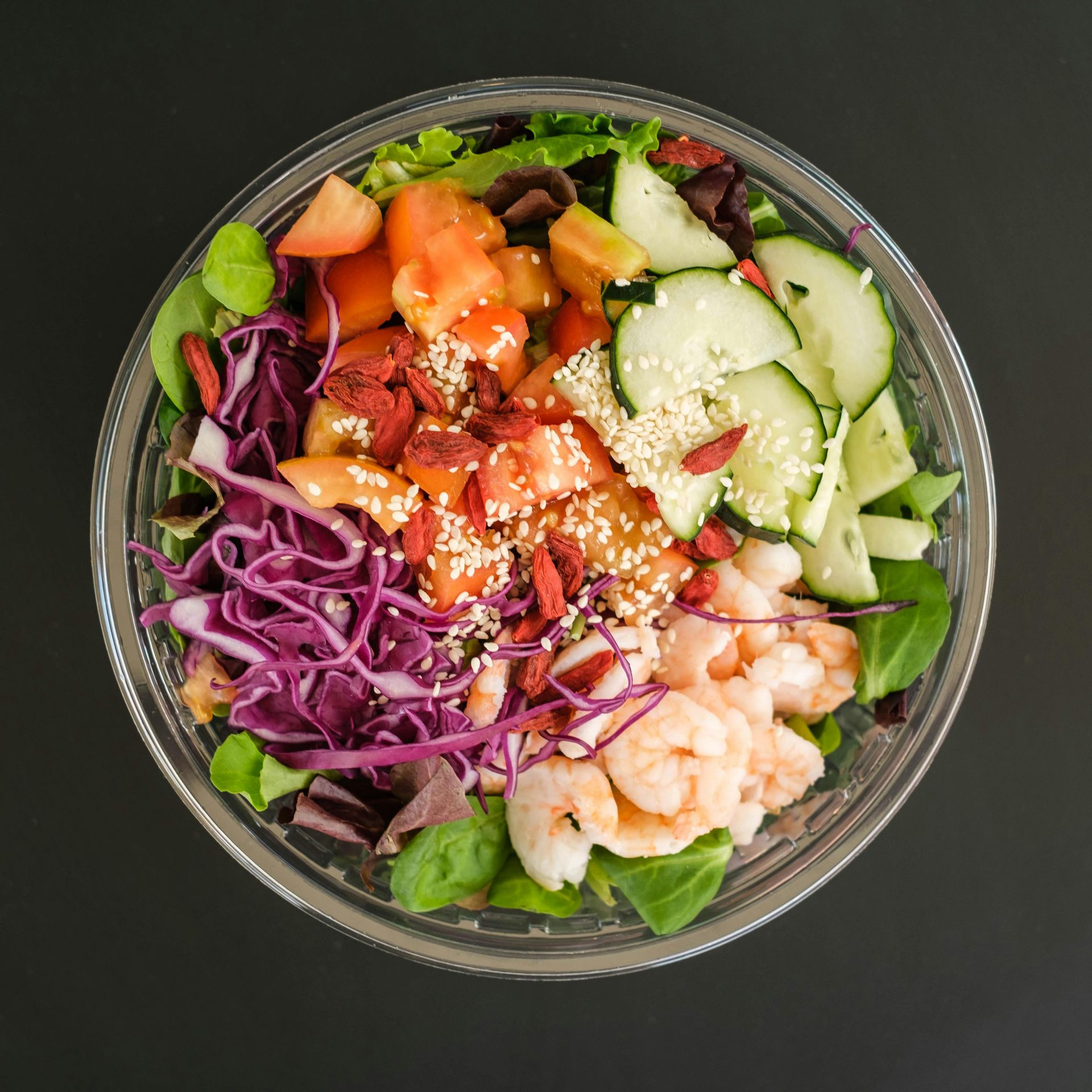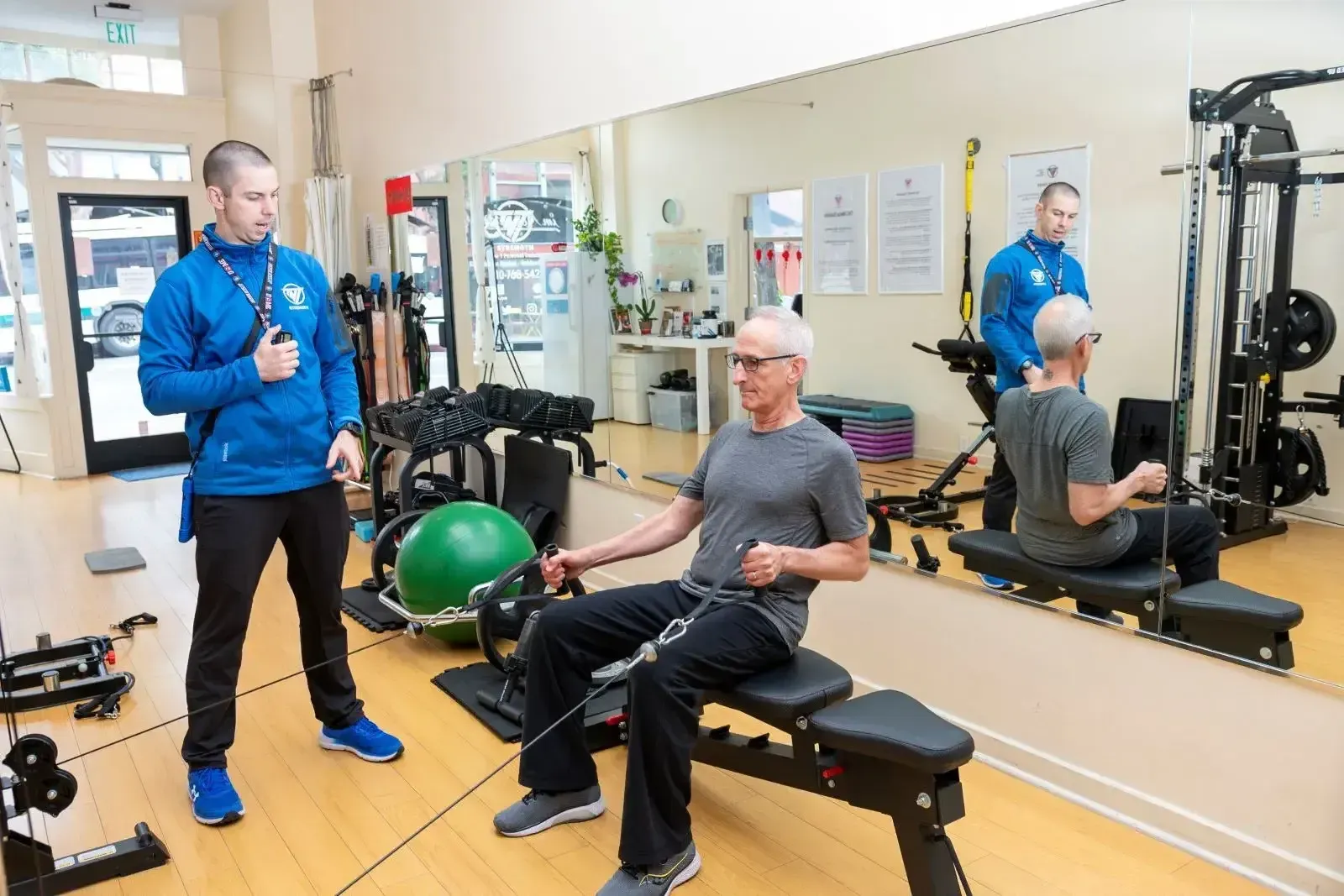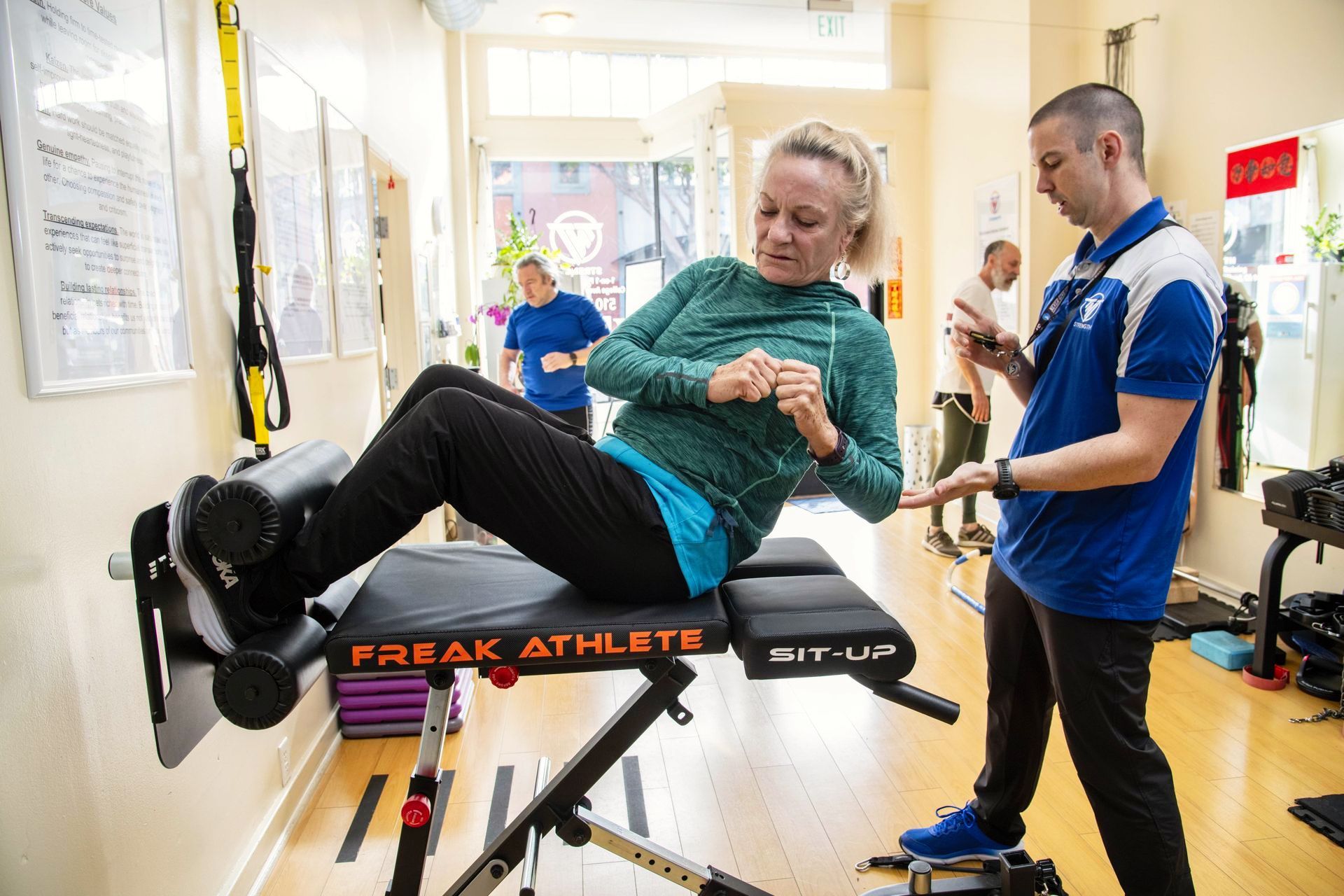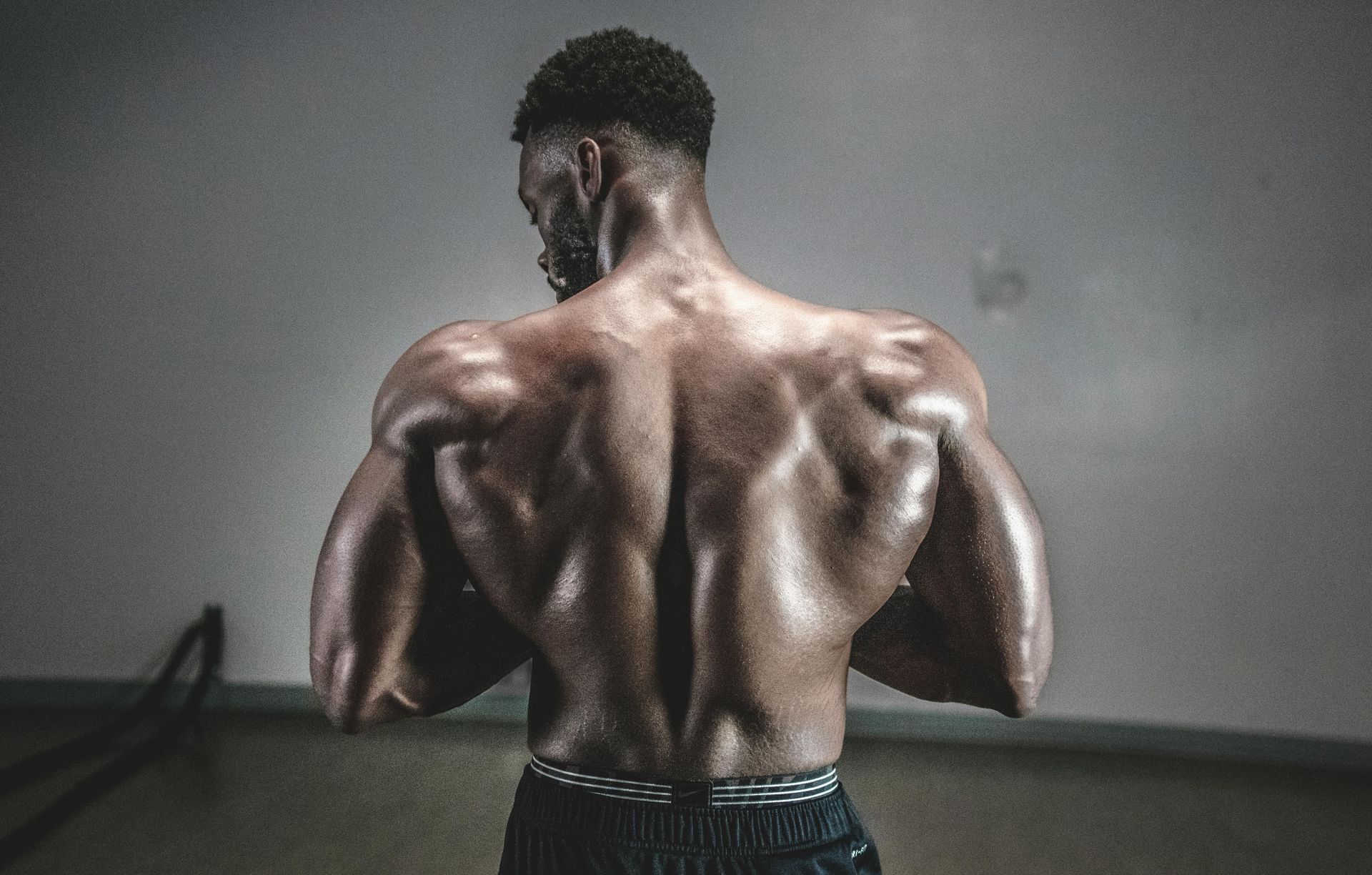Listener’s questions

Every week we get bombarded by questions from all over the world. Below is an example of just a few of the questions we get asked on a regular basis.

Q: Will taking a ballet class improve my footwork for boxing?
A: Taking dance classes (no matter what kind) will not make a difference in how well you box. Your time would be much better spent working on boxing specific footwork. shadow boxing, sparring etc.
To be helpful in improving sports performance, movement patterns need to be specific. Boxing has a specific kind of movement. There are no degrees of specificity. Either something is specific or it is not. Specific means explicit, particular, or definite not sort of or similar to.
Choosing dissimilar activities in hopes that they may improve performance in a totally different sport, is a mistake many coaches and athletes make. The only real possible benefits to taking ballet class are:
1. You may become a better dancer (in this case a better ballet dancer)
2. You may gain a placebo effect feeling that as you notice improvement in one area (dance) you will feel it must be having a positive carry over to another area (boxing).
3. You may find that you actually prefer wearing tights and leaping through the air more than getting punched in the face.
So in closing, unless you have a burning desire to become good / better at ballet, concentrate on boxing.

Q: Can strength training improve an athlete’s quickness?
A: Quickness is a product of many factors, including but not limited to: (1) the amount of muscle on the body (2) the amount of body fat (3) the lean muscle mass to total body weight ratio (4) skill level of the individual in question (5) bodily proportions (6) motivation.
One of the easiest ways to accelerate the development of quickness is to increase your lean muscle mass (up to a point) and or increase your body’s ability to produce maximal force. Increasing lean muscle mass will favorably change your ratio of muscle mass to total body weight. Once you have reached an optimal weight (the most lean muscle mass you can gain without slowing down) you should then focus on improving Mass-Specific- Force. The most effective way to accomplish these goals is through goal appropriate strength training combined with a well balanced diet. See my S.P.I.C.E. article for more helpful information.

TAKU’s NOTE: Listen in to this weeks podcast episode #43 as we answer more questions from some of our many listeners around the country and around the world.
Experience the TNT Strength difference with a free workout.
START YOUR FITNESS TRANSFORMATION WITH A
FREE WORKOUT
Complete the form and we'll set up an appointment for you.

